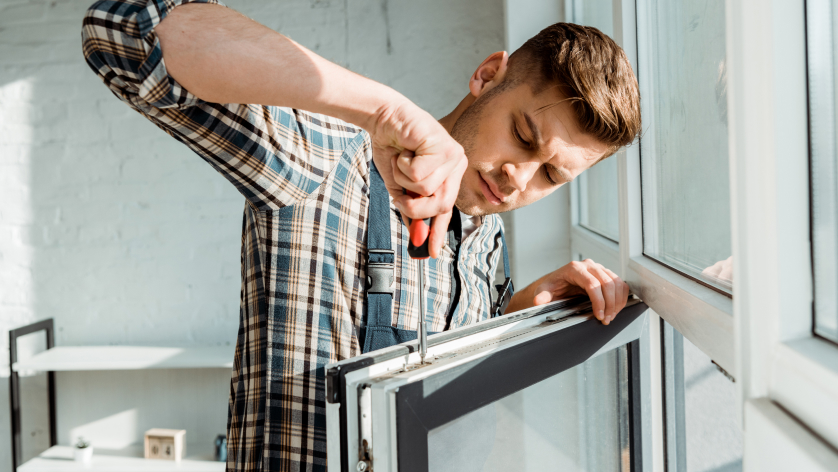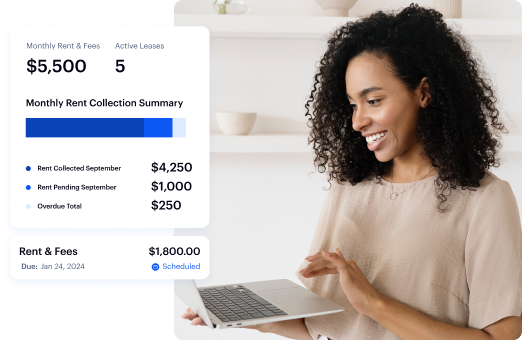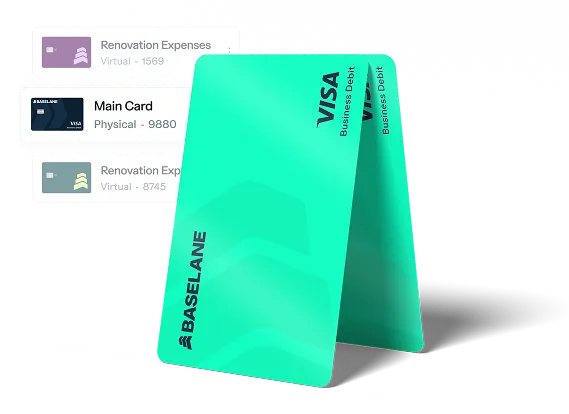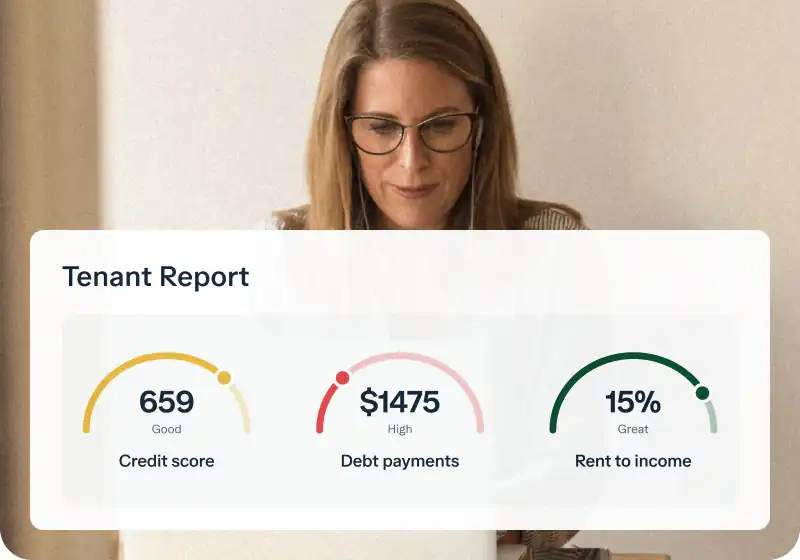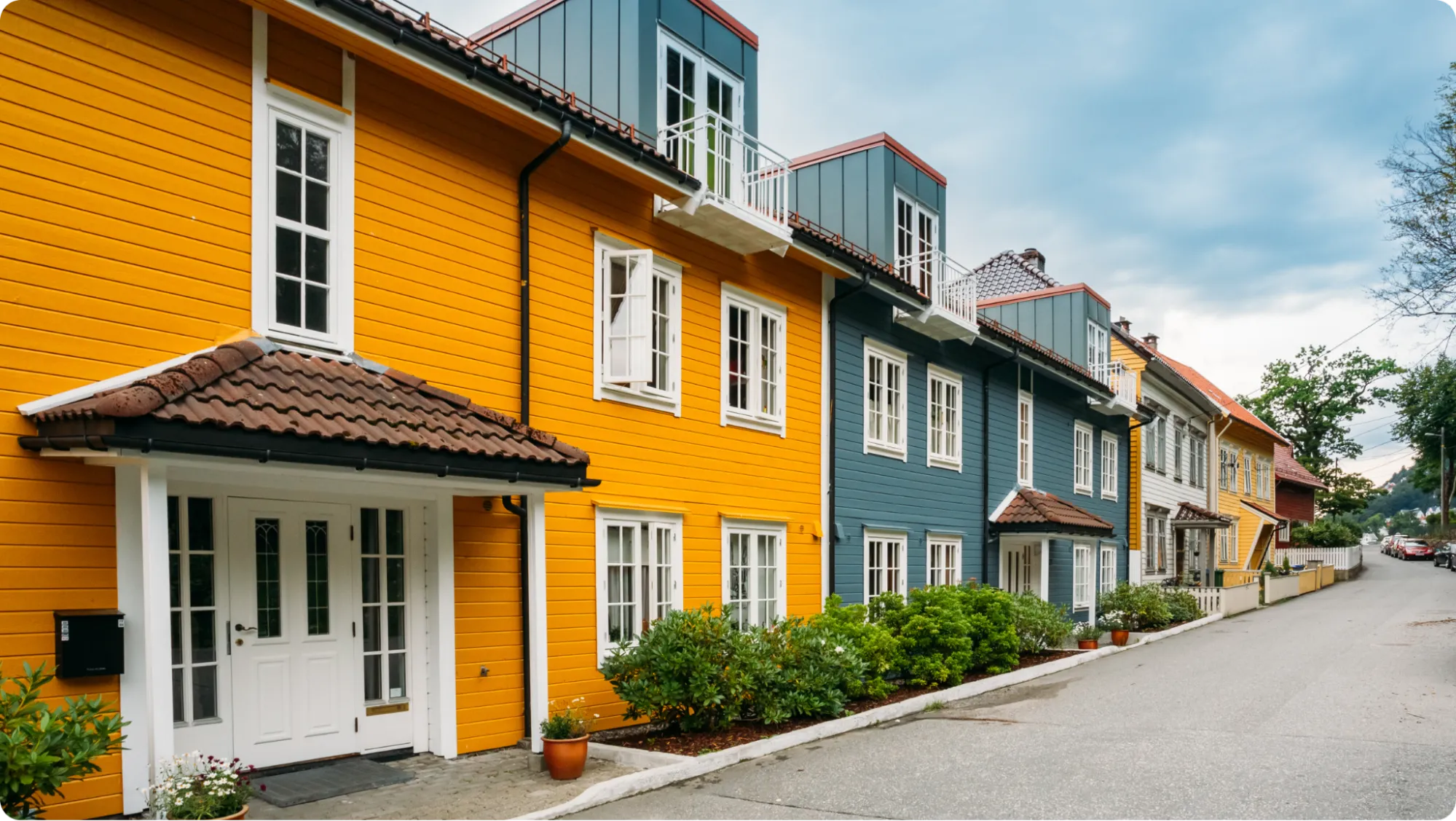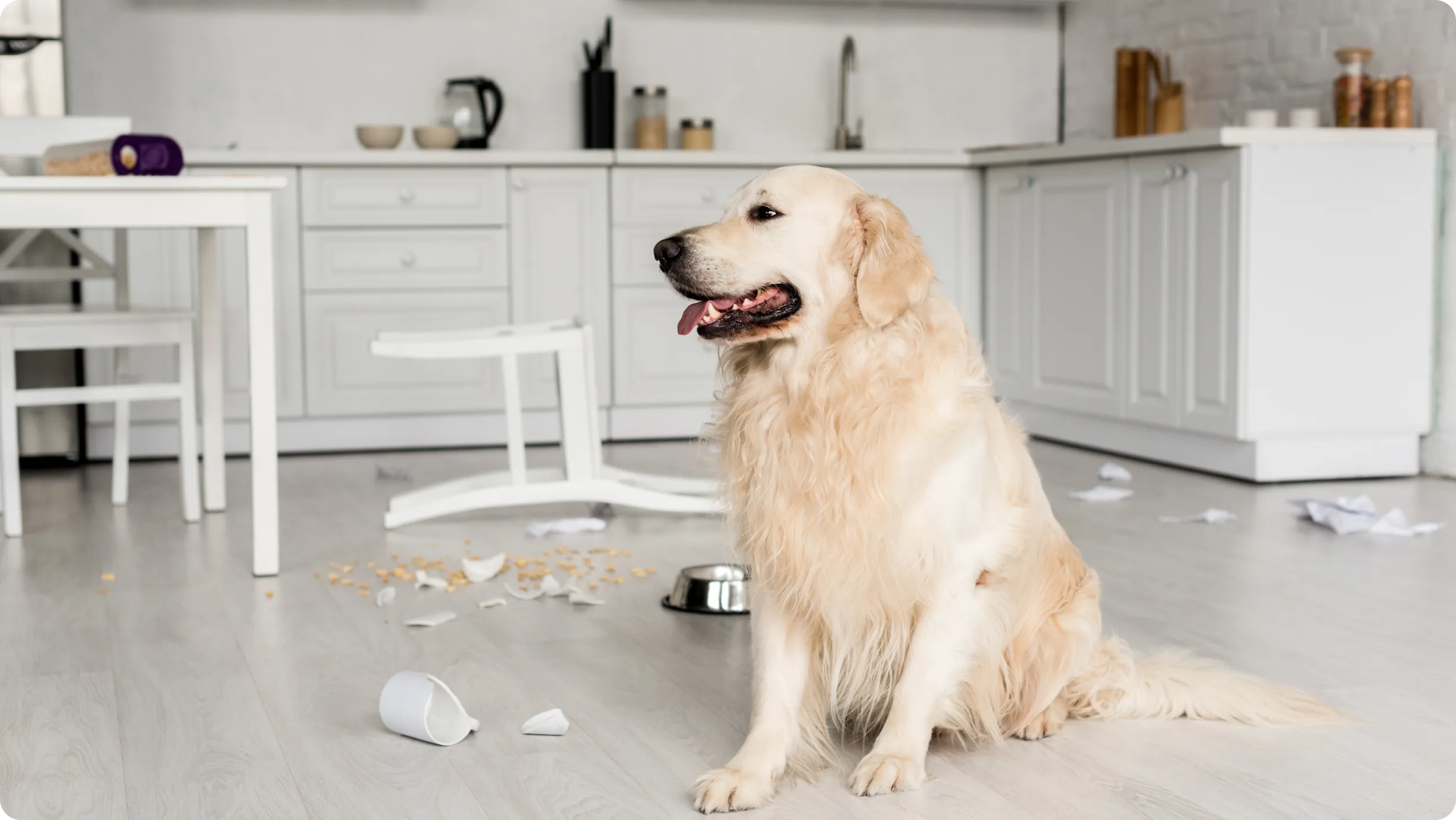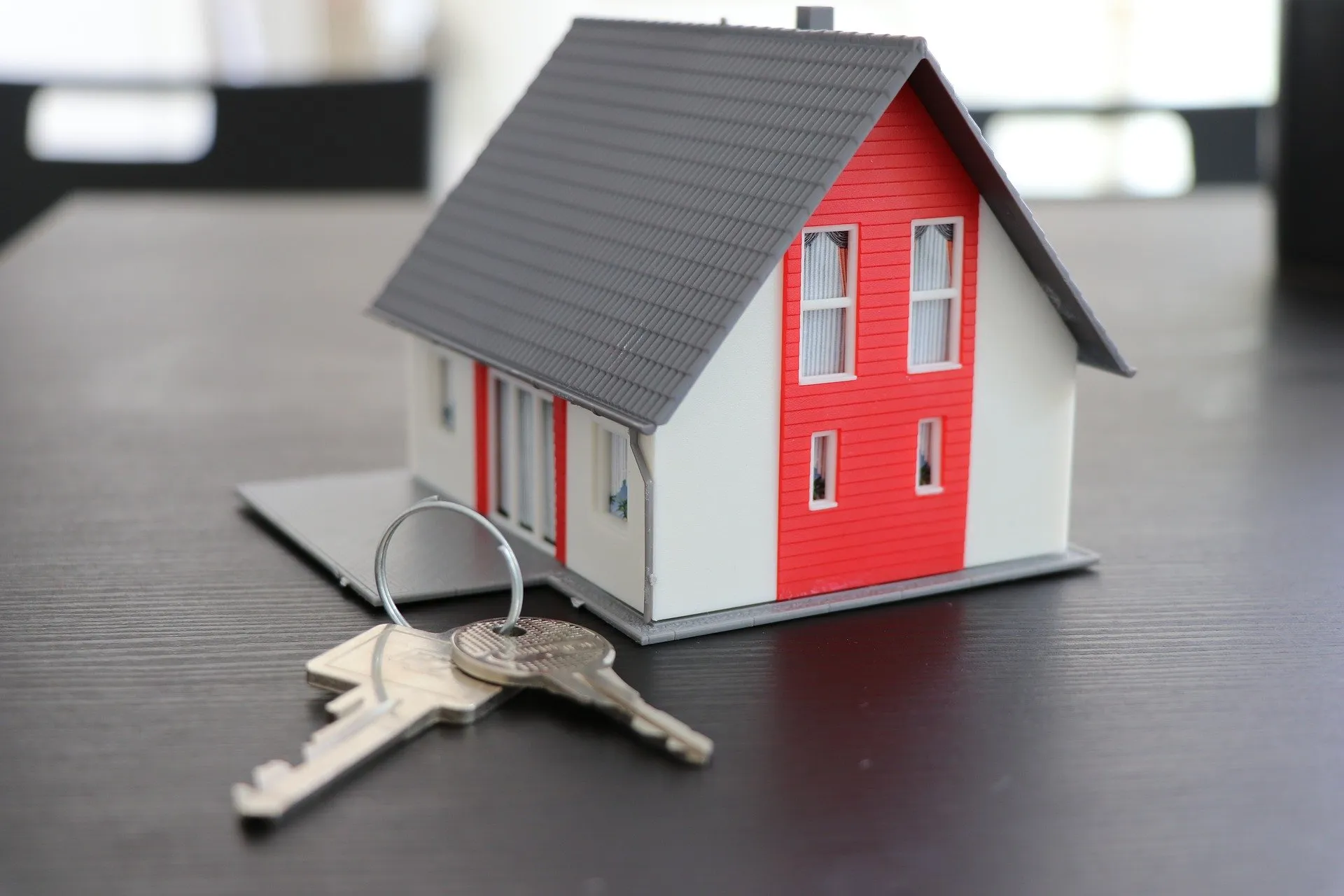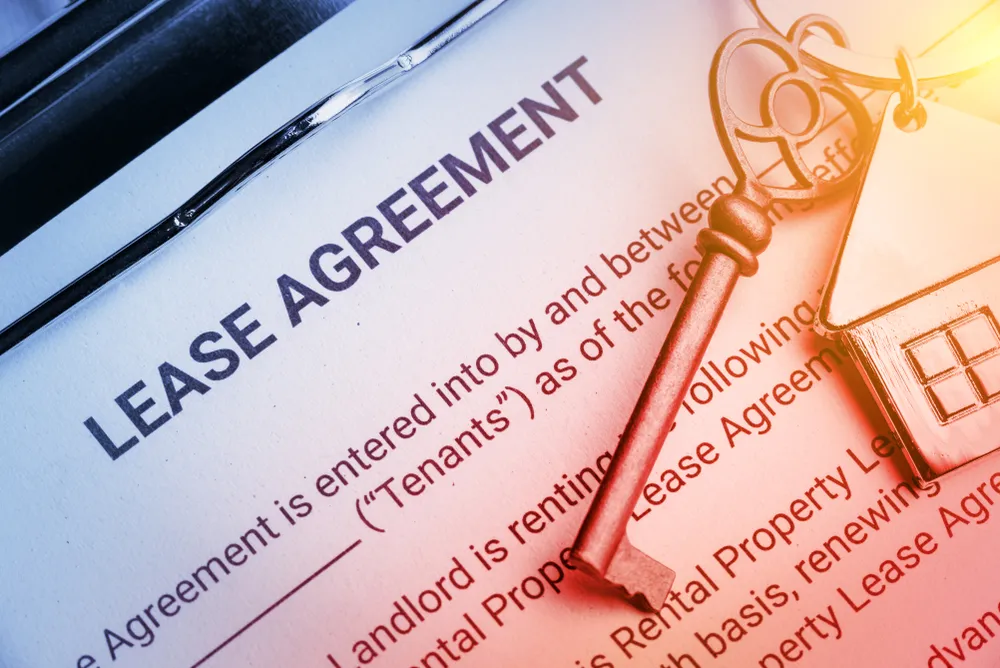Managing a rental property involves more than just collecting rent checks. Strategic maintenance is a critical component of successful real estate investment.
Ignoring property upkeep can lead to costly emergency repairs, unhappy tenants, and decreased property value over time. This guide provides essential tips for rental owners to manage maintenance effectively, ensuring their investment remains profitable and thrives.
Key takeaways
- Regular maintenance is legally required and crucial for tenant retention and property value.
- Clearly define landlord and tenant responsibilities in the lease agreement.
- Implement a proactive maintenance plan including routine, seasonal, and preventative tasks.
- Budget adequately for maintenance using rules like the 1% rule or square footage method.
- Proactive maintenance offers a significant return on investment by preventing costly emergencies.
- Leverage tools and consider professionals to streamline property upkeep tasks.
Why rental property maintenance is essential
Maintaining your rental property isn't just about keeping things looking nice. It is a fundamental responsibility for landlords. Proper upkeep ensures the property remains safe and habitable for your tenants, fulfilling legal requirements in many jurisdictions.
Neglecting maintenance can lead to tenant dissatisfaction, higher turnover rates, and difficulty attracting quality residents. A well-maintained property helps preserve and increase its market value over the long term.
Landlord vs tenant maintenance responsibilities
Defining who is responsible for what is key to avoiding disputes. Landlords are generally responsible for maintaining the property's structural integrity and essential systems. This includes the roof, walls, plumbing, electrical, and HVAC systems.
Tenants are typically responsible for minor maintenance and repairs resulting from their own actions. This often includes tasks like changing light bulbs or addressing minor clogs, accommodating normal wear and tear. The lease agreement should clearly outline these responsibilities for both parties.
Types of rental property maintenance
Understanding the different types of maintenance helps in planning and budgeting. Routine maintenance involves regular tasks like cleaning gutters, changing air filters, and testing smoke detectors. This helps catch small issues before they become big problems.
Seasonal maintenance involves tasks specific to different times of the year, such as preparing the property for winter or summer. Preventive maintenance is proactive work designed to prevent future failures, like servicing the HVAC system annually. Emergency repairs are unexpected issues requiring immediate attention, such as a burst pipe or furnace breakdown in cold weather.
Common rental property maintenance issues and repairs
Landlords frequently encounter certain types of repairs. Issues with HVAC systems are common, often requiring professional service or replacement. Plumbing problems like leaks, drips, or clogs are also typical occurrences.
Electrical issues, such as faulty outlets or wiring problems, require careful attention for safety. Appliance breakdowns are another frequent headache for rental owners. Addressing these common issues promptly helps keep tenants happy and prevents further damage.
Implementing a proactive maintenance plan
A proactive approach is far more cost-effective than waiting for emergencies. Creating a seasonal maintenance schedule helps ensure critical tasks aren't missed. This plan might include checking the roof and gutters in the fall or servicing the AC unit in the spring.
Regular property inspections are vital for identifying issues early. Move-in inspections document the property's condition before a tenant moves in, often using a move-in inspection checklist. Routine inspections during tenancy can catch maintenance needs that the tenant might not report. Drive-by inspections offer a quick check on exterior condition and property upkeep.
Move-out inspections compare the property's condition to the move-in state, noting any damage beyond [normal wear and tear], often guided by a pre-move-out inspection. An apartment make-ready checklist can help prepare a unit between tenants.
Budgeting for rental property maintenance costs
Accurately budgeting for maintenance is crucial for financial planning. Typical maintenance expenses can vary greatly depending on the property's age, size, and condition. Older properties generally require more frequent and expensive repairs.
Several popular budgeting rules offer landlords a starting point. The 1% rule suggests setting aside 1% of the property's value annually for maintenance. The 50% rule proposes allocating 50% of the rental income to cover all expenses, including maintenance.
Other methods include budgeting $1 per square foot annually (square footage rule) or setting aside 1.5 times the monthly rent annually (5X rule). While these rules provide estimates, tracking actual expenses is essential for an accurate budget tailored to your specific property.
The ROI of rental property upkeep
Investing in property upkeep yields significant returns for rental owners. Well-maintained properties experience lower vacancy rates because tenants are more likely to renew leases in a comfortable and functional home. This reduces the costs associated with tenant turnover, such as cleaning, repairs, and lost rent.
Proactive maintenance helps preserve and potentially increase the property's market value. Addressing small issues prevents them from escalating into major, expensive repairs. This foresight avoids costly emergency situations that can drain cash flow and cause significant disruption. Minimizing neglected repairs also helps avoid legal risks and liabilities, ensuring compliance with habitability standards, making property maintenance for landlords a wise investment.
A high ratio of emergency vs. routine maintenance indicates a need for a stronger preventative focus. Planning for seasonal tasks might cost $150-400 annually, a small investment compared to potential damage from neglect.
Managing maintenance DIY vs hiring professionals
Deciding whether to handle repairs yourself or hire help depends on the task, your skills, and available time. Simple tasks like painting or minor drywall repair might be suitable for DIY if you have the expertise. More complex issues, especially involving electrical, plumbing, or HVAC systems, should typically be handled by licensed professionals for safety and compliance.
Using a list of reliable property maintenance services list can save time and ensure quality work. For landlords managing multiple properties or who are short on time, professional property management can handle all aspects of maintenance, from coordinating repairs to managing vendor relationships.
Leveraging technology for efficient maintenance
Modern technology offers powerful tools to streamline property maintenance. Property management software platforms allow landlords to receive and track maintenance requests digitally. This creates a clear record of all communication and work performed.
Some platforms help organize and categorize expenses, which is crucial for budgeting and tax purposes. For instance, using bookkeeping tools that automatically categorize transactions by property and Schedule E category can simplify tracking maintenance costs. Having clear financial reports can help you see the real cost of maintenance and the impact of proactive upkeep on your cash flow.
Conclusion
Effective property upkeep is not merely an expense; it is a strategic investment that significantly impacts the profitability and longevity of your rental business.
By understanding maintenance types, defining responsibilities, implementing a proactive plan, and budgeting wisely, you can protect your asset and keep your tenants happy. Leveraging technology to manage requests and track expenses further streamlines this vital process.
Taking a strategic approach to property maintenance for landlords pays off through reduced costs, higher tenant retention, and increased property value over time. For landlords looking to simplify tracking maintenance expenses and overall finances, tools designed specifically for rental properties can provide the clarity and control needed to make smarter decisions.
FAQs
What are the main types of rental property maintenance?
The main types include routine maintenance (regular tasks), seasonal maintenance (tasks based on time of year), preventative maintenance (proactive work to avoid future issues), and emergency repairs (unexpected problems needing immediate attention).
Who is responsible for property maintenance, the landlord or the tenant?
Landlords are typically responsible for major structural and system repairs, while tenants are generally responsible for minor upkeep and damage caused by them beyond [normal wear and tear]. The lease agreement should specify these responsibilities.
How much should I budget for rental property maintenance?
Common budgeting rules include the 1% rule (1% of property value annually), the 50% rule (50% of rental income for all expenses), or the square footage rule ($1 per square foot annually). The actual cost depends on the property's condition and age.
Why is preventative maintenance important for rental properties?
Preventive maintenance helps identify and fix small problems before they become costly emergencies. It prolongs the life of systems and appliances, increases tenant satisfaction, and preserves property value, saving money in the long run.
What are common issues found in rental properties?
Common maintenance issues include problems with HVAC systems, plumbing leaks and clogs, electrical faults, and appliance breakdowns. Regular inspections can help detect these issues early.
